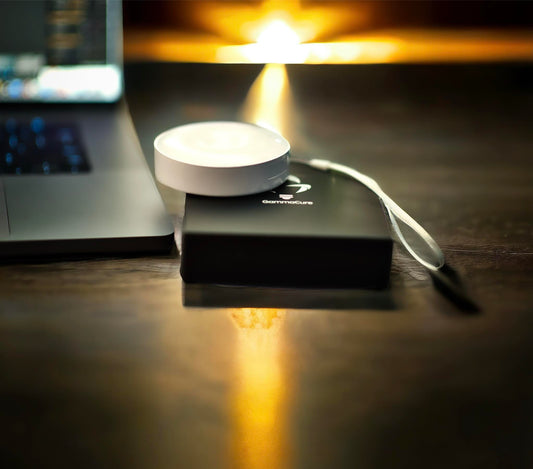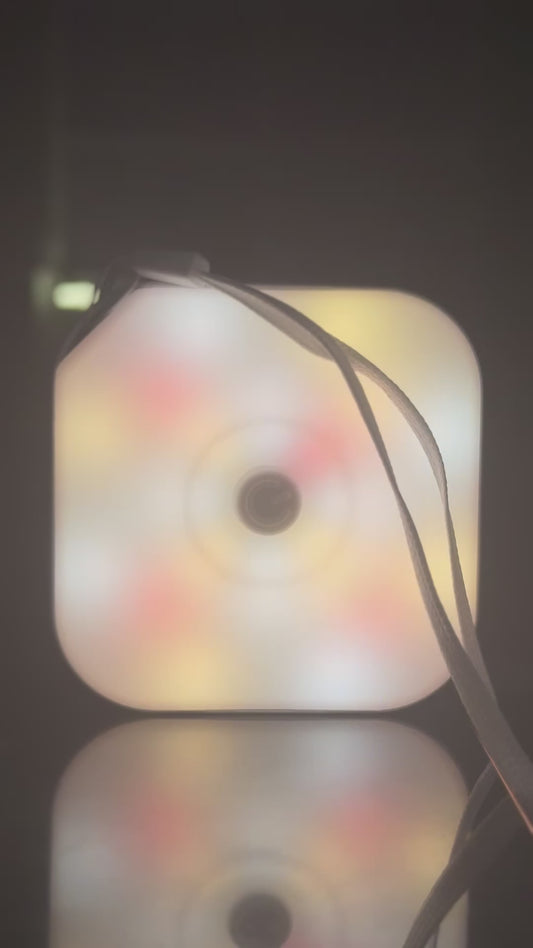High Delta Brain Waves and Low Gamma Brain Waves may predict autism.
by Israr Khan on Nov 15, 2023

A recent research found that the patterns of brain activity in an infant’s first year of life may be able to predict the development of autism in newborns who are at high risk for the illness. [Citation needed] According to the findings of the research, certain patterns in electroencephalography (EEG) signals at the ages of 3, 6, 9, and 12 months seemed to discriminate between children who would subsequently be diagnosed with autism and those who would not.
Our predictive models worked best when confined to the first year of life, which suggests that this period of time may represent a critical period of brain development, as stated by the lead investigator Charles Nelson, research director in the division of developmental medicine at Boston Children’s Hospital. These results underscore the significance in early detection and intervention for autism, and they imply that the first year of life may be a vital window for tailoring therapeutic treatments to enhance brain development in newborns who are at risk. click here
The researchers recorded the brain activity of 102 newborn siblings and 69 babies who were considered to be normal. While the newborns were sitting with their carers, brain waves were captured at six different frequencies for two to five minutes at a time.
The information on each infant’s development was gathered by the team at the ages of 3, 6, 9, 12, 18, 24, and 36 months. They administered the Autism Diagnostic Observation Schedule to the children at the age of 36 months in order to diagnose autism. Autism was identified in all 31 of the infant siblings, but not a single one of the controls.
The wave patterns in the frontal lobe during the children’s first year that were found in the frequency bands delta and gamma identified the autistic children from the other children. In comparison to usual children, autistic children had more rapid increases in delta-wave power throughout the course of that time period, while typical children demonstrated slower increases in gamma-wave power.
The patterns were able to properly identify children that did not have autism 91 out of 100 times, but they were only able to correctly indicate autistic newborns 72 percent of the time. The findings were published in September’s issue of Nature Communications.

According to the researchers, one possible explanation for why the patterns become less accurate predictors of autism after the first year is that the brain activity of older children shows more pronounced individual differences. This makes it more difficult to recognizes the patterns that are unique to autism.
The research group is now gathering data from an additional 400 newborns, some of whom have diseases similar to autism, in order to determine whether or not the approach can differentiate autism from those illnesses.
REFERENCES:
1. Gabard-Durnam L.J. et al. Nat. Commun. 10, 4188 (2019)
https://www.nature.com/articles/s41467-019-12202-9
2. Tierney A.L. et al. PLoS One 7, e39127 (2012)
https://www.ncbi.nlm.nih.gov/pubmed/22745707
3. https://www.marquette.edu/psychology/directory/amy-vaughan-van-hecke.php



















